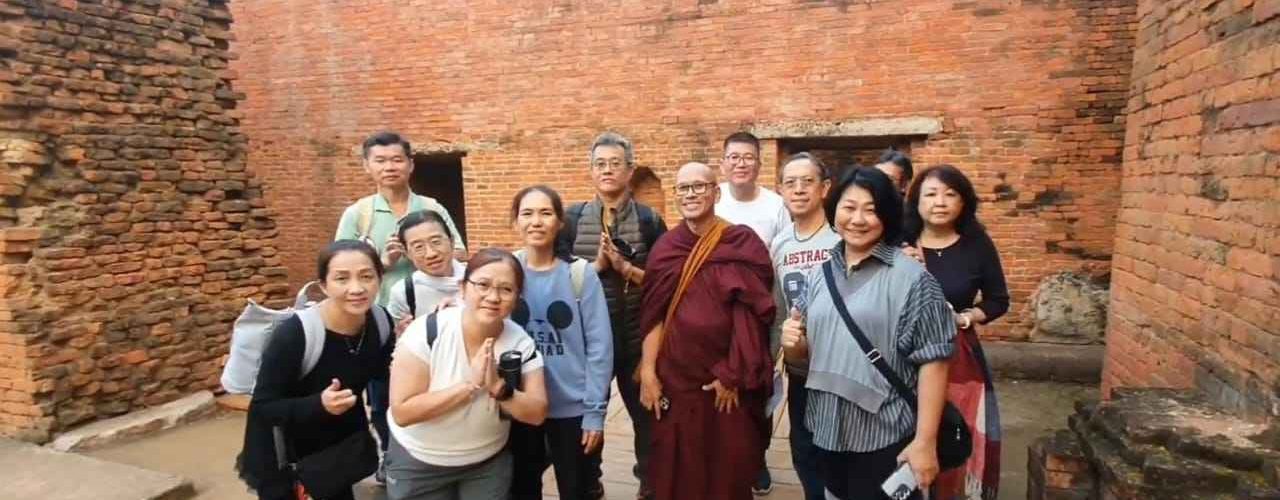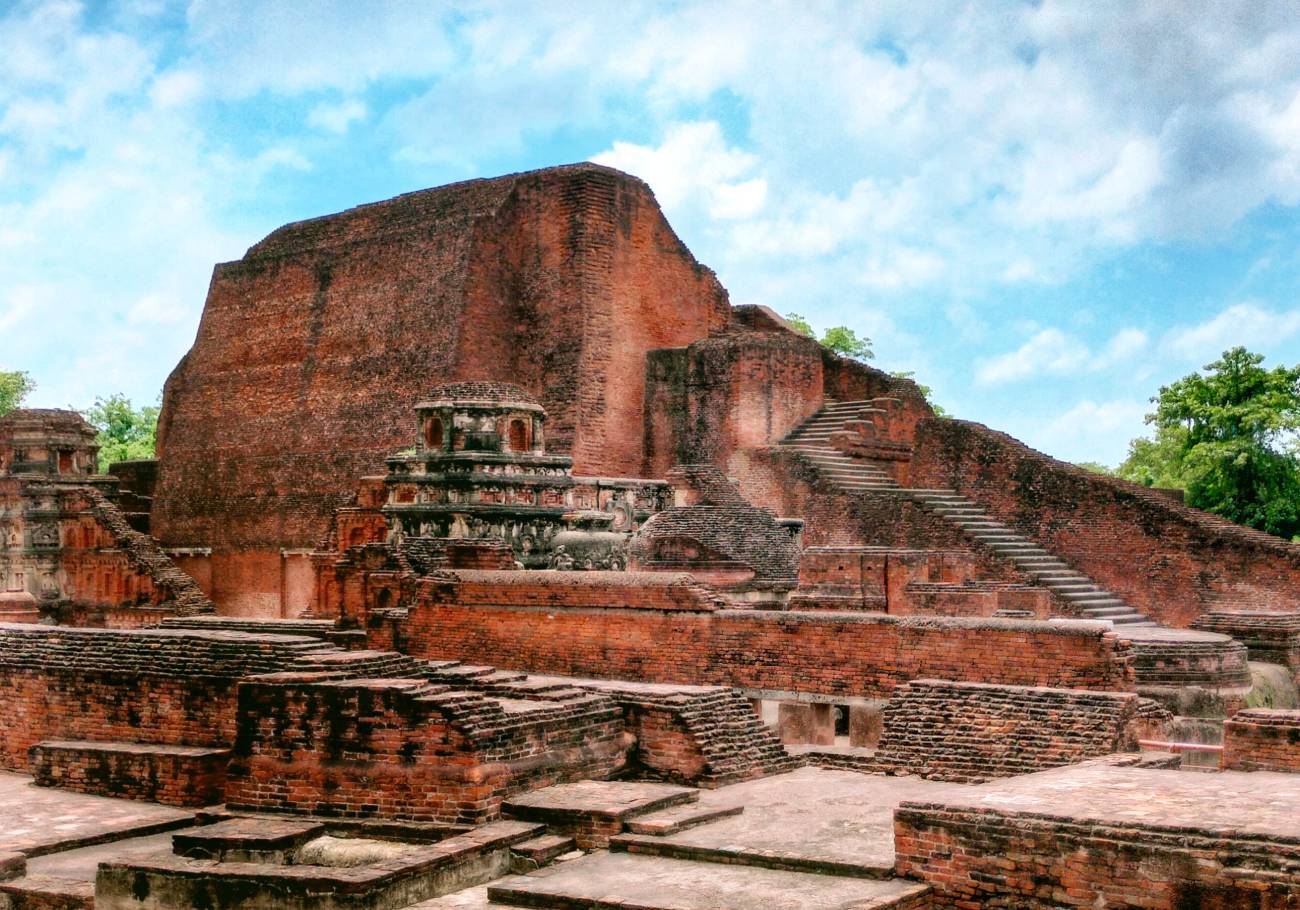
During our recent Buddhist pilgrimage through India and Nepal, one of the most profound highlights was our visit to Nalanda University, an iconic symbol of ancient scholarship and intellectual brilliance.
My wife and I experienced a journey like no other, deeply moved by the rich history and spiritual significance of Nalanda.
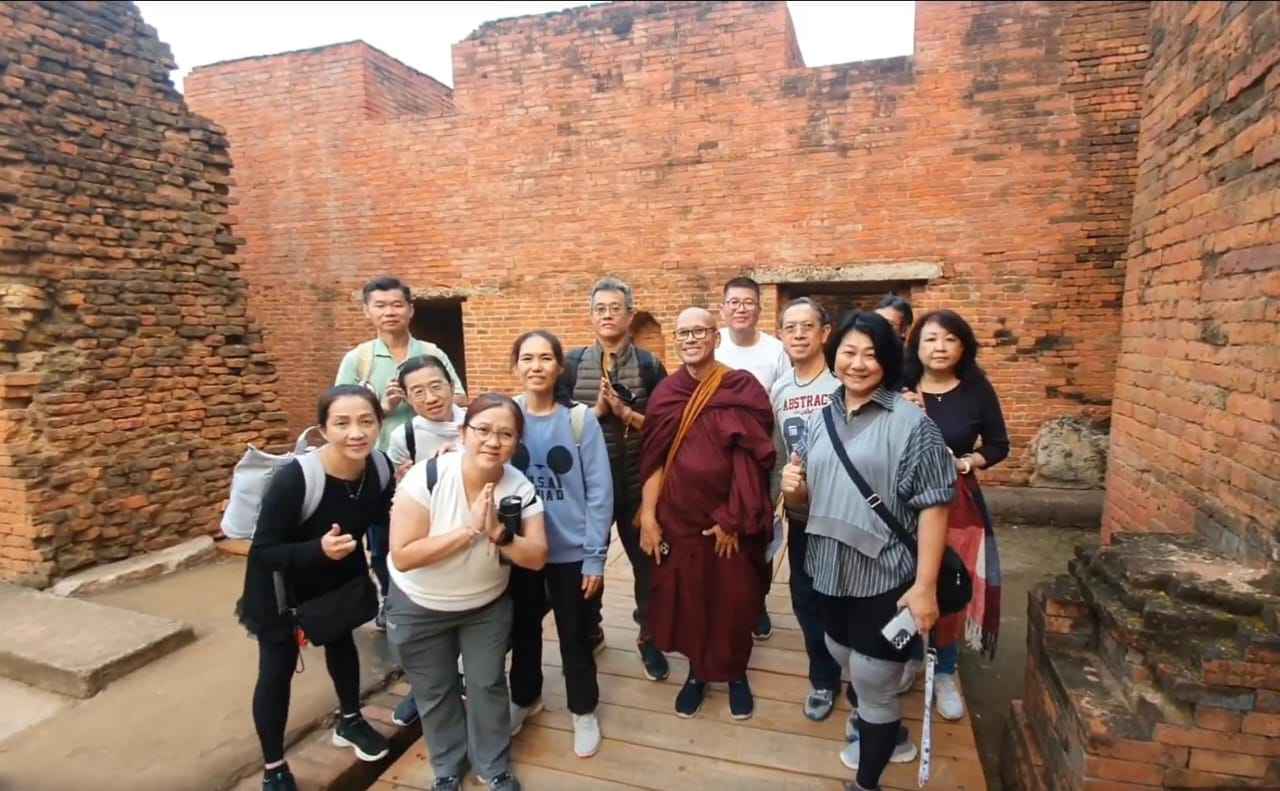
The oldest residential university in the world
Stretching over a sprawling 14 hectares, Nalanda University thrived as the world’s oldest residential university from the 5th to the 12th century.
Imagine a vast campus housing an astonishing collection of 9 million books, nurturing 10,000 eager students, and hosting 2,000 revered teachers.
It was not just a place of learning but a vibrant community dedicated to the pursuit of knowledge.
The site of Nalanda, located in the Indian state of Bihar about 55 miles southeast of Patna, was a beacon of enlightenment from 427 to 1197 CE.
Its ancient roots are further enriched by contributions from the Mauryan emperor Ashoka and the Gupta Empire, indicating an early establishment and significant patronage over the centuries.
Nalanda: A hub of intellectual exchange
Nalanda was renowned for its dynamic academic atmosphere, attracting illustrious scholars like Nagarjuna and Aryabhatta.
It was a bustling hub where the art of debate flourished, and ideas were exchanged with passion and eloquence.
Students and teachers from all over Asia converged here, making it a melting pot of cultures and philosophies.
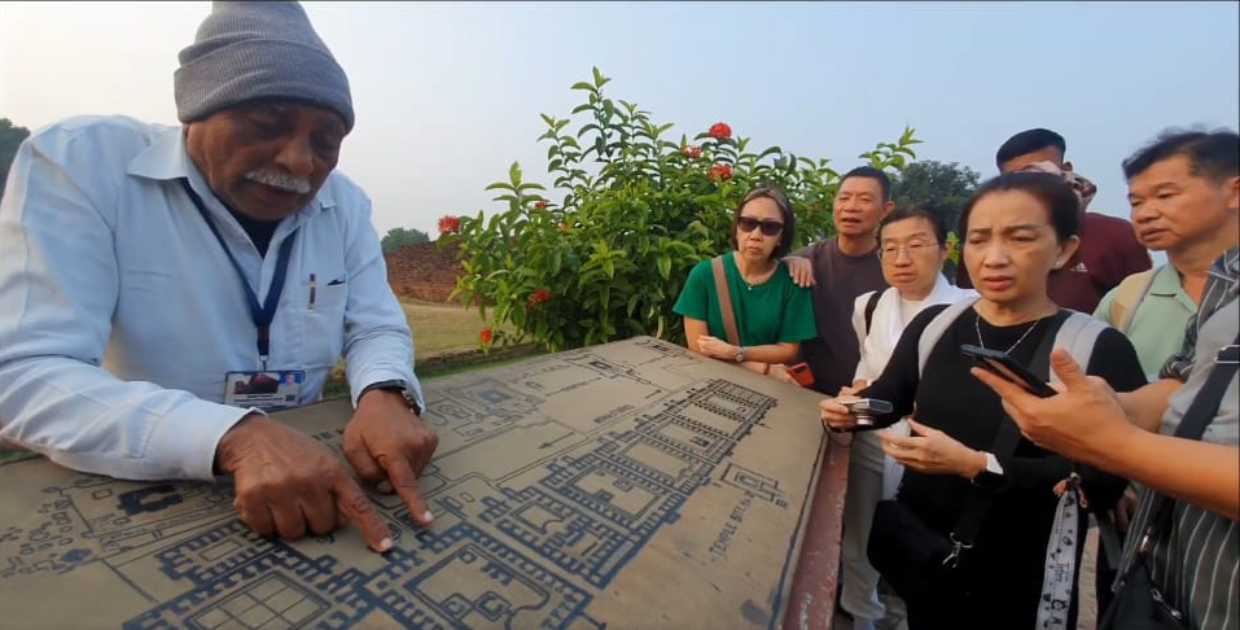
The university was one of the first great universities in recorded history, drawing scholars from as far away as China, Greece, and Persia.
The Chinese scholar Xuanzang’s accounts vividly describe Nalanda’s vibrant intellectual life during his visit in the 7th century AD.
The tragic fall and remarkable resurrection
The glory of Nalanda Mahavihara came to a tragic end in the 12th century when it was destroyed by foreign invaders.
The university was sacked by Turkic Muslim invaders under Bakhtiyar Khalji in 1193, marking a milestone in the decline of Buddhism in India.
For centuries, its grandeur lay in ruins, a silent testament to a bygone era of enlightenment.
The great library of Nalanda, known as Dharma Gunj (Mountain of Truth) or Dharmagañja (Treasury of Truth), was so vast that it reportedly burned for three months after being set aflame.
However, through meticulous excavations and restoration efforts, the echoes of its past have been brought back to life.
In 2006, nations including Singapore, India, Japan, and China announced a plan to restore and revive the ancient site as Nalanda International University.
Architectural marvels and hidden treasures
Today, visitors can explore 11 monasteries, 5 temples, and an array of architectural marvels, including verandahs, quadrangular courts, and ornate Buddha images.
Walking through these ancient structures, one can’t help but feel a connection to the past and the countless scholars who once roamed these halls.
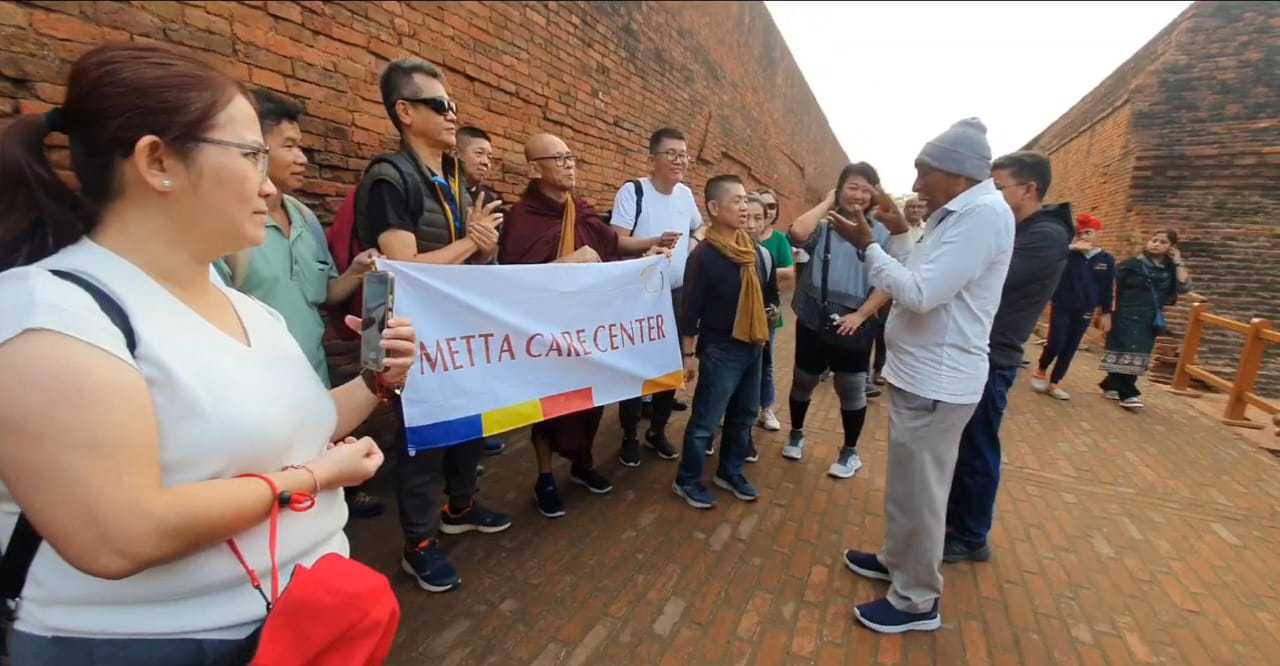
The ruins occupy an area of about 150,000 square meters, but if Xuanzang’s account is correlated with present excavations, almost 90% of it remains unexcavated.
The site’s known and excavated ruins include regularly laid-out towers, forest of pavilions, and temples that seemed to soar above the mists in the sky, as described by Xuanzang.
A glimpse into the past at the Nalanda Museum
Just a stone’s throw from the main entrance stands the Nalanda Museum, curated by the Archaeological Survey of India.
Here, exquisite bronzes and artifacts from the 9th and 10th centuries are on display, offering a captivating glimpse into the rich heritage of Nalanda.
Each artifact tells a story, weaving together the history of this extraordinary university.
The museum provides an invaluable context to the ruins, showcasing meticulously produced texts, intricate carvings, and everyday items used by the ancient scholars.
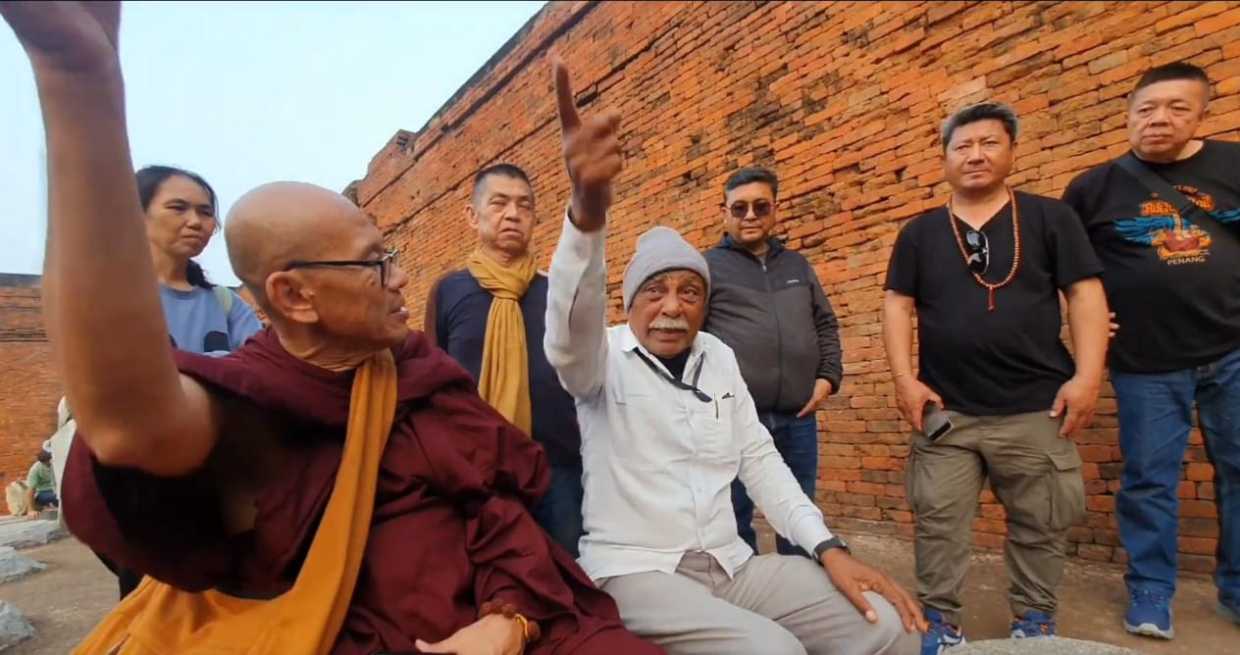
Our guided tour of Nalanda provided invaluable insights into this ancient seat of learning.
We left with a deep sense of awe and appreciation for its enduring legacy and the profound impact it has had on the world of academia.
Nalanda is not just a historical site; it is a symbol of human curiosity, resilience, and the timeless quest for knowledge.
This pilgrimage was not just a journey through geographical spaces but a transcendental journey through time, reminding us of the heights human intellect and spirit can achieve.
The experience left us inspired, carrying forward the light of knowledge that once burned so brightly in the halls of Nalanda.


